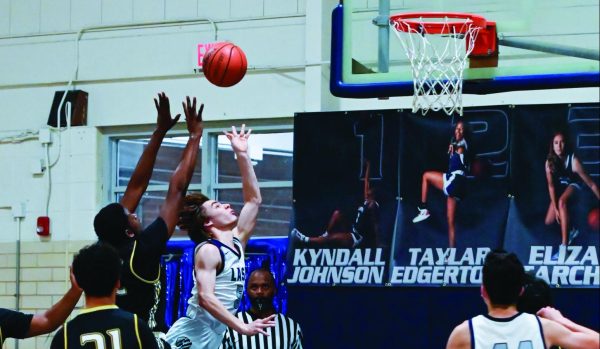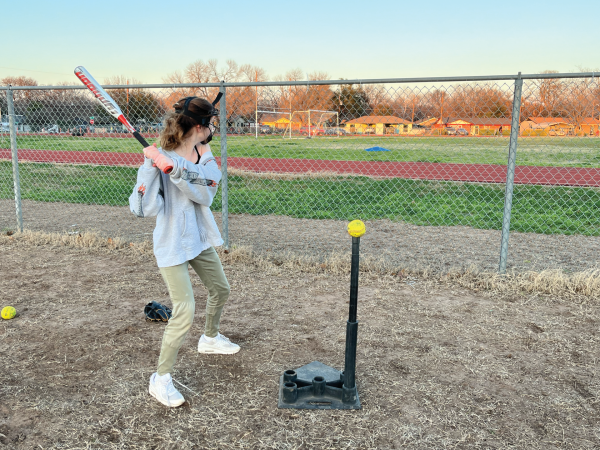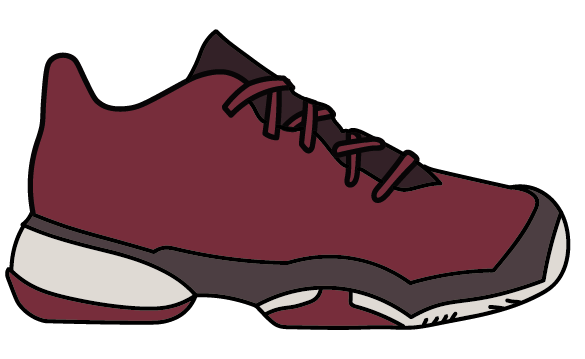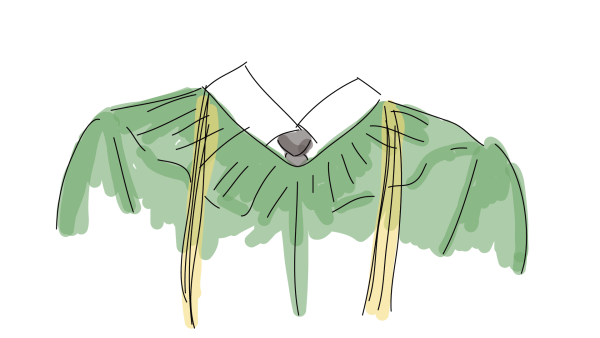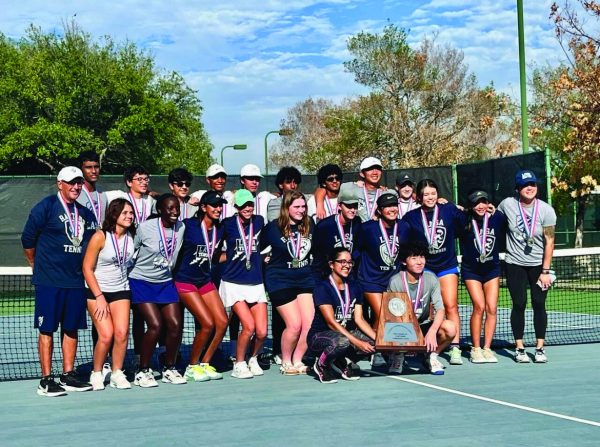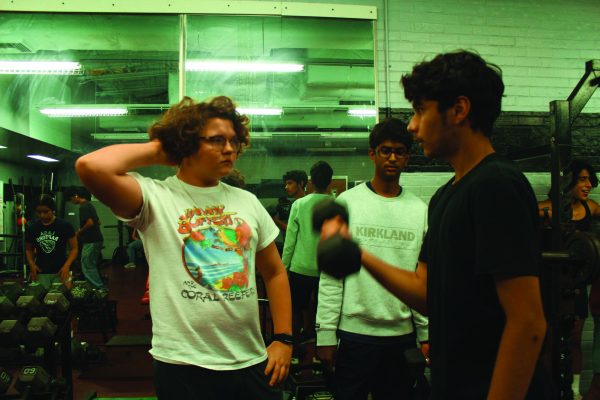The NFL Tackles COVID-19 Pandemic
February 24, 2021
While the 2020-2021 NFL season went on this year just like any other, the league implemented many changes in order to ensure the safety of both players and fans.
Every NFL season concludes with the Super Bowl, which usually takes place in early February. The 2020 Super Bowl took place just before major concerns over COVID-19 began in the United States, which gave the NFL until September to make plans for how to kick off the season while keeping players and staff safe.
The first major challenge that the NFL faced was the Draft, which took place in April. This year, the Draft was supposed to take place in Paradise, NV, but due to COVID-19 restrictions, the Draft went virtual. Players and coaches all set up webcams in their homes, and NFL Commissioner Roger Goodell announced the picks from his living room.
Usually, fans from all 32 teams attend the Draft in order to show their support for their teams while millions of others watch from home. According to ESPN, 55 million people watched the three-day event this year, which streamed on ABC, ESPN and NFL Network. The average viewership was up 36% from the 2019 Draft.
As the start of the season approached, the NFL put together a COVID-19 task force to help the league make informed and safe decisions about their upcoming season. The task force included NFL Chief Medical Officer Dr. Allen Sills, club physicians and public health experts.
All 32 teams were required to submit plans about how they would incorporate the new protocols into their team facilities. These plans covered everything from ventilation systems inside each facility to how to get and wear personal protective equipment at practices and games.
All NFL players and staff members were required to get a nasal COVID-19 test every day, and occasionally additional tests were required to confirm those results. Across the entire league, approximately 6,000 tests were administered every day. From the beginning of Aug. to Dec. 19, there were about 840,460 tests given to players, coaches and other personnel.
The NFL is also reducing the spread of COVID-19 by giving players and staff devices that help them contact trace. These devices make for quick contact tracing by tracking when and how long individuals are less than six feet apart. They also blink a red light when individuals are not social distancing.
In the event of a positive case, the player or staff member who tested positive is isolated immediately, along with anyone who was in contact with that person for more than 15 minutes less than six feet apart. In order to return to the field, players have to quarantine for 10 days and show no symptoms for an additional day. Players also need two negative COVID-19 tests at least 24 hours apart in order to play.
The first team in the league to experience an outbreak was the Tennessee Titans. On Sept. 24, defensive back Greg Mabin tested positive for COVID-19. Before the end of the month, 11 more players on the Titans and the head coach all tested positive as well.
In response, the NFL postponed the Titans’ upcoming game against the Pittsburgh Steelers, which was originally scheduled to be Oct. 4, and they also postponed the Titans’ game against the Buffalo Bills. Additionally, the Titans were fined $350,000 by the NFL for violating the league’s COVID-19 guidelines.
Two other teams, the New Orleans Saints and the Las Vegas Raiders, have both been forced to forfeit picks in the 2021 NFL Draft due to COVID-19 guideline violations.
Another problem that NFL teams are having is whether or not to allow fans to games. The NFL never set regulations on whether or not fans could attend, so stadium capacity is dependent on each team’s city and state guidelines, meaning different teams have different amounts of spectators.
The amount of fans allowed to attend each game varies from team to team. The New York Giants are not allowed to have fans due to statewide restrictions, the Tampa Bay Buccaneers are only allowing long-time season ticket holders to attend games, and most teams, such as the Jacksonville Jaguars, are only allowing around 20% of their stadium’s maximum capacity to attend games.
Although the NFL makes more than half of its revenue from TV deals, the league will still lose a large chunk of its earnings due to the limited number of ticket sales. According to the Wall Street Journal, the NFL’s 2020 season revenue could fall as much as $4 billion due to fans not being able to attend games.
Despite all of the chaos and uncertainty this season, the NFL is proceeding with the Super Bowl. It will take place on Feb. 7, 2021, in the Raymond James Stadium in Tampa Bay, Florida. The two teams playing in the game are the Tampa Bay Buccaneers and the Kansas City Chiefs, making this the first time in history that a team will play in its home stadium during the Super Bowl.
The NFL is allowing 22,000 fans to attend the Super Bowl this year. 7,500 seats are reserved for health care workers, and the rest are open to fans. All fans attending the game will be required to socially distance throughout the event and will have to wear masks the whole time.
Although it is unclear how the NFL will proceed with the 2021-2022 season, the organization is also currently planning to hold the 2021 Draft in person this April.



